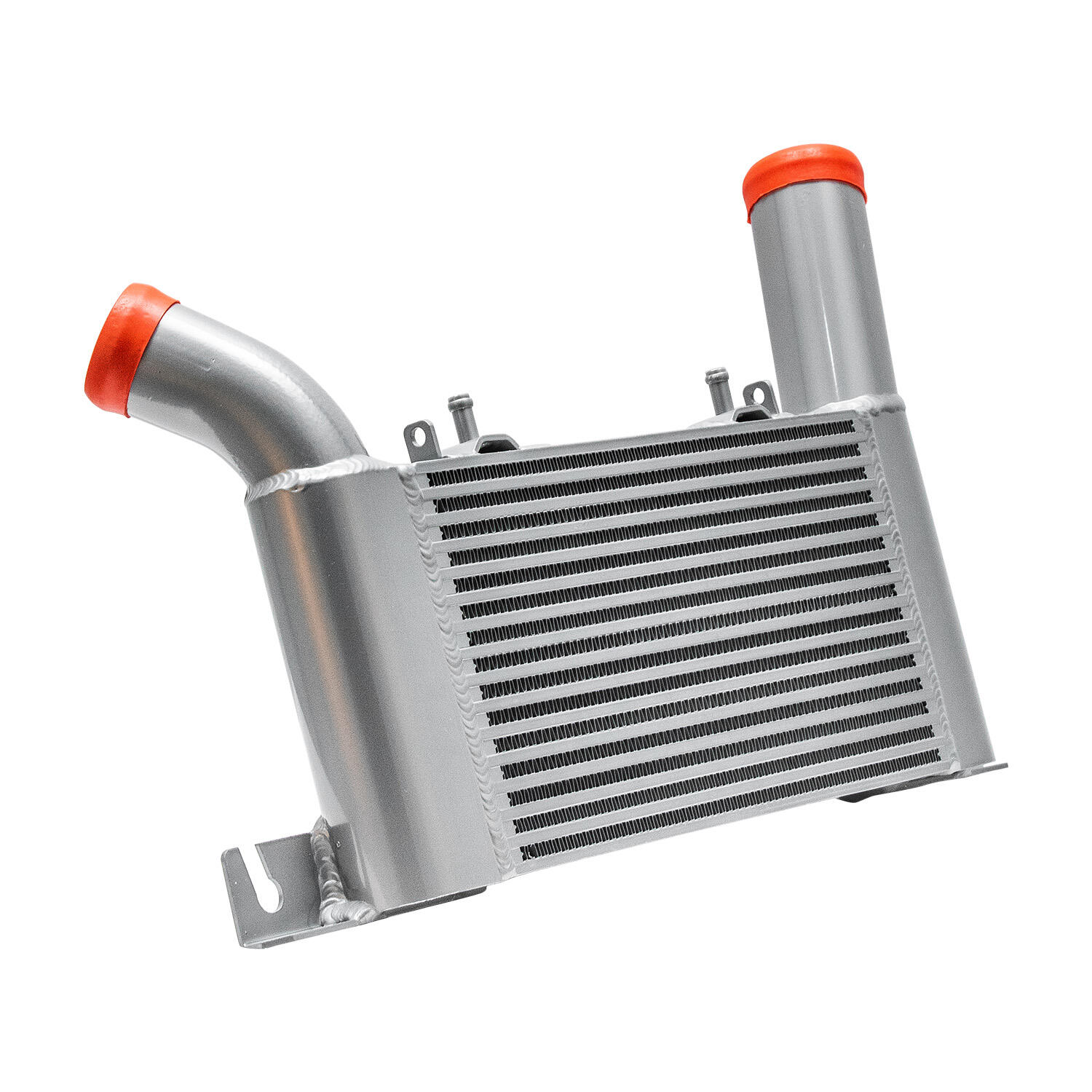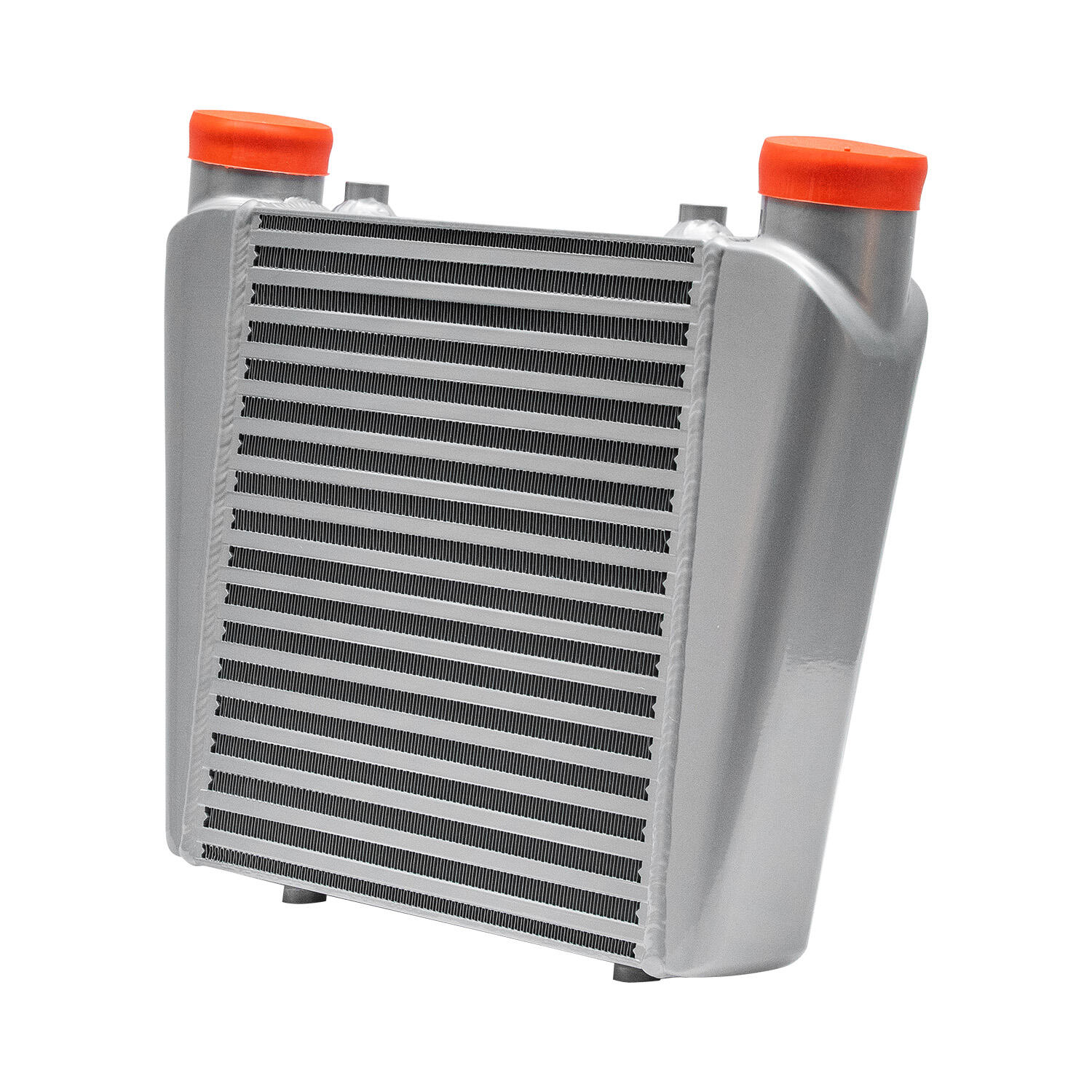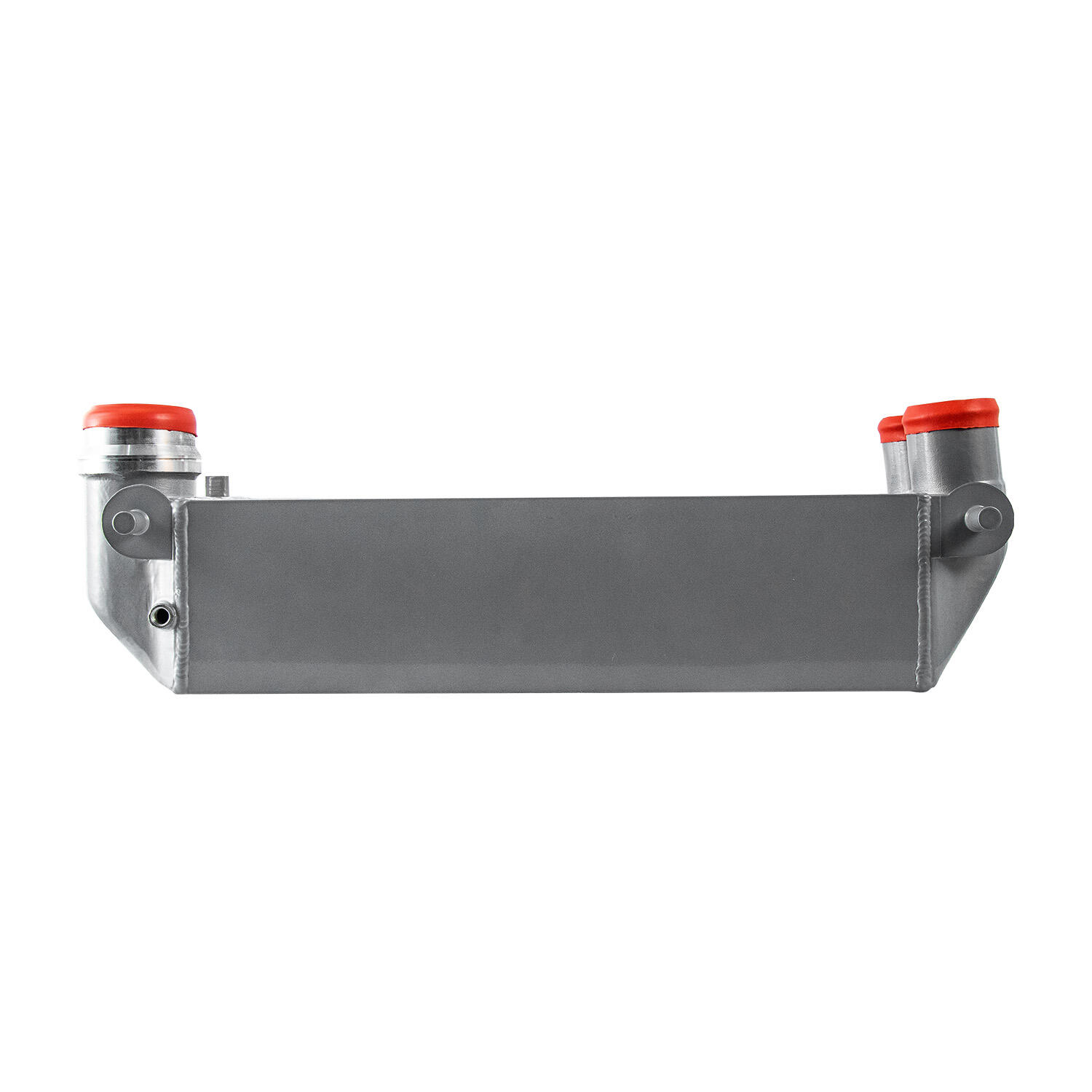front intercooler
A front intercooler is an essential component in forced induction systems, designed to enhance engine performance and efficiency. This heat exchanger is strategically positioned at the front of the vehicle to maximize exposure to ambient air, effectively cooling the compressed air from the turbocharger or supercharger before it enters the engine. By reducing the temperature of the charged air, the front intercooler increases air density, allowing for more oxygen molecules to enter the combustion chamber. This process results in improved power output, enhanced fuel efficiency, and reduced engine stress. The front-mounted position takes advantage of natural airflow during vehicle movement, creating an efficient cooling system without requiring additional power-consuming components. Modern front intercoolers incorporate advanced aluminum construction with precision-engineered fins and channels that optimize heat dissipation while minimizing pressure drop. These units are typically designed with large surface areas to maximize heat transfer efficiency and feature reinforced end tanks to withstand high boost pressures. The integration of the front intercooler into the vehicle's cooling system demonstrates a sophisticated approach to thermal management, ensuring consistent performance across various operating conditions.


